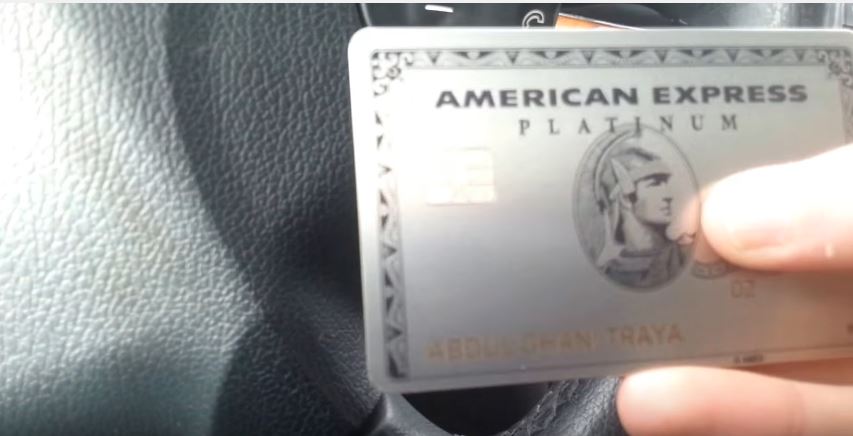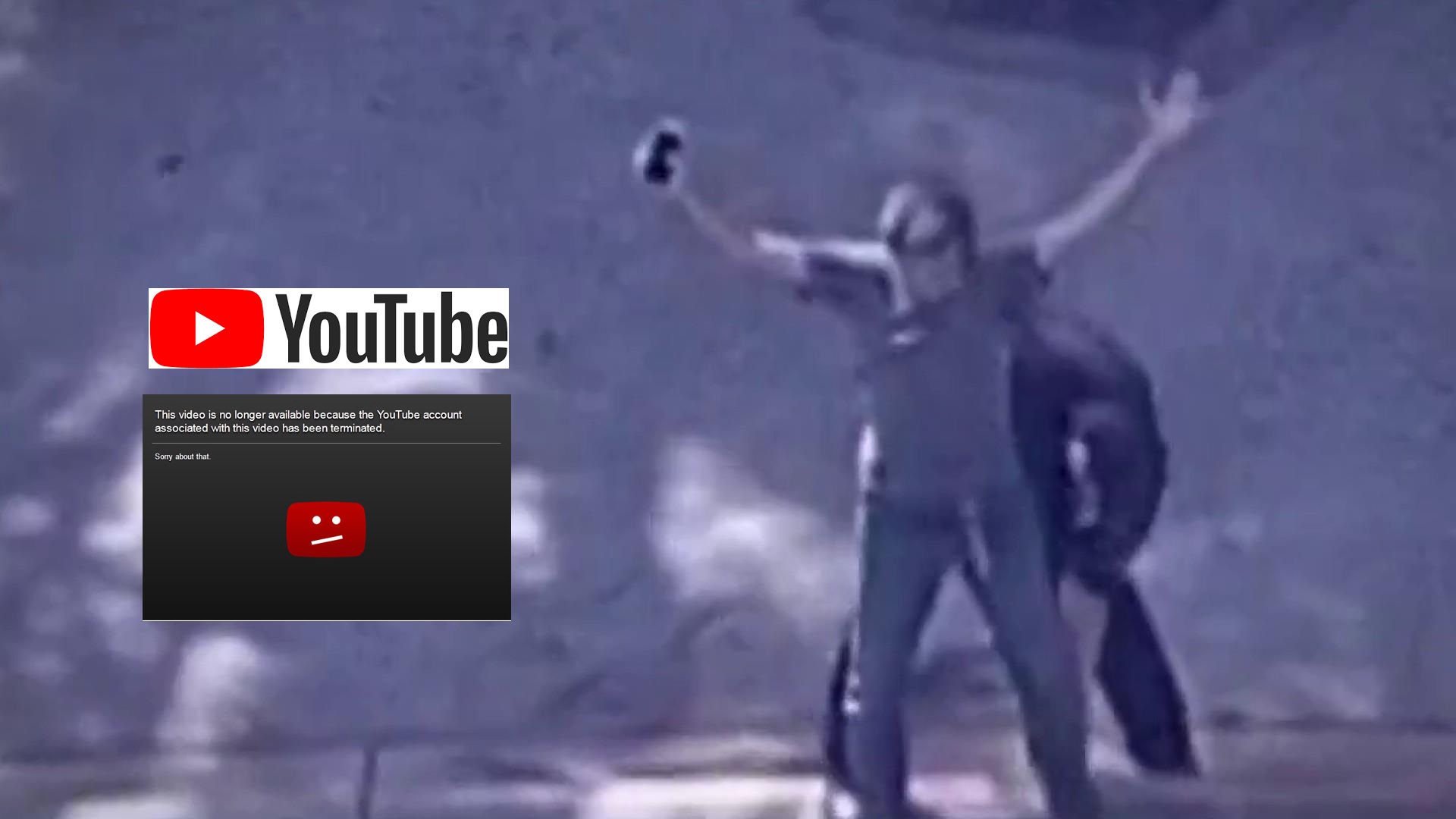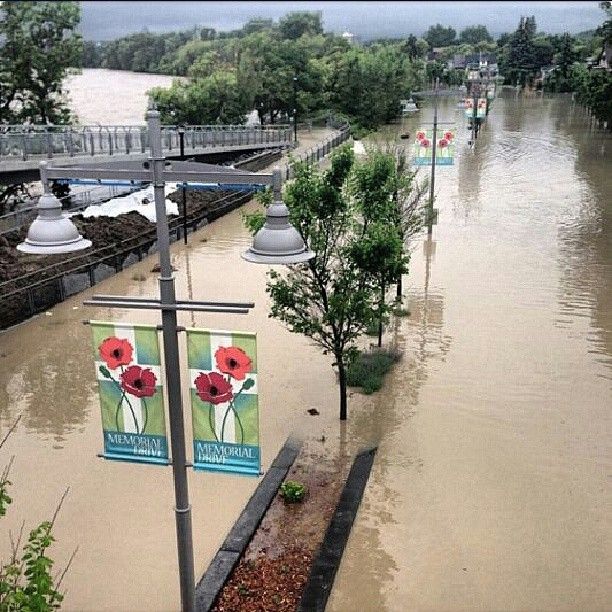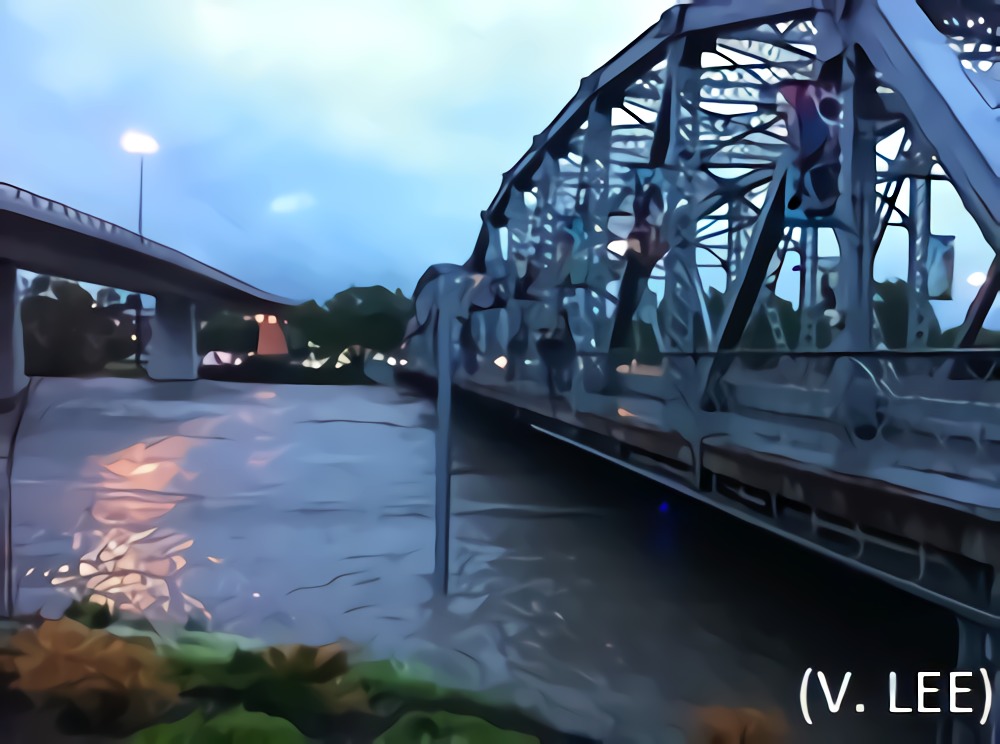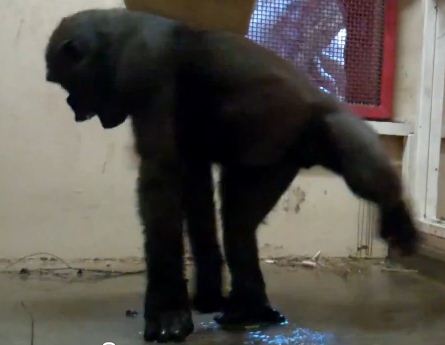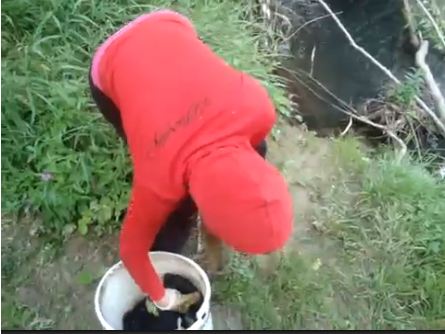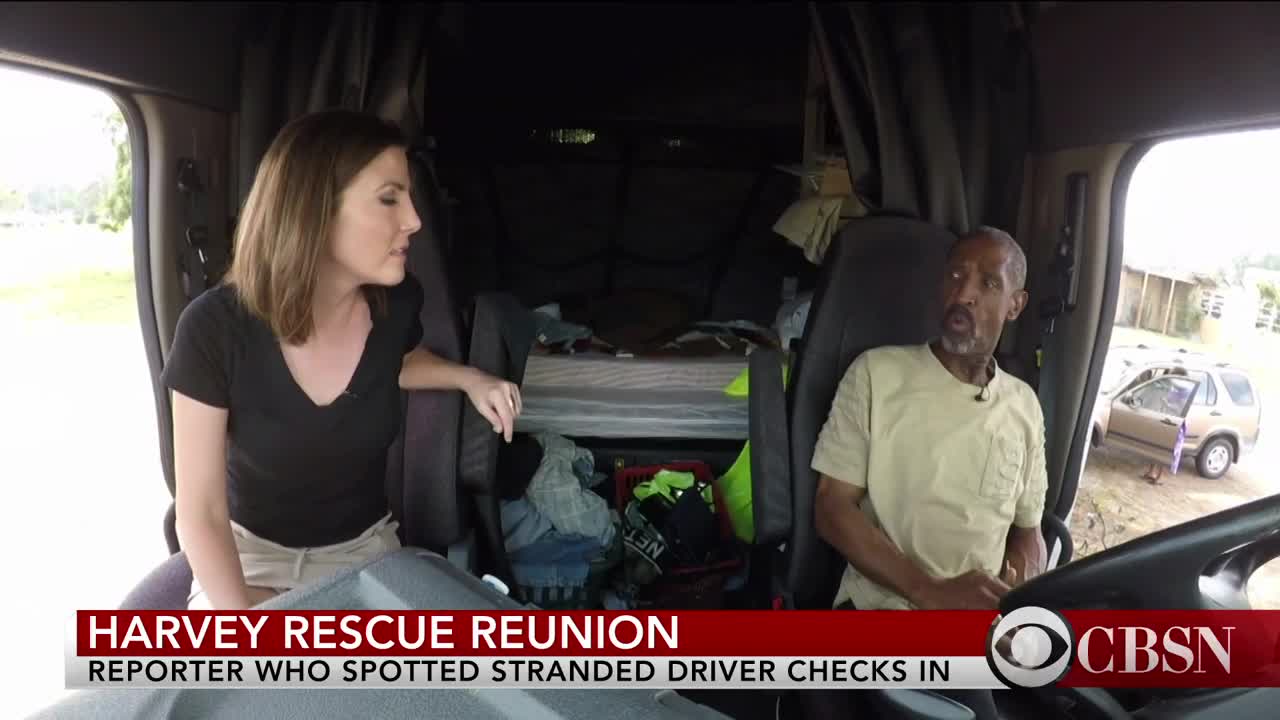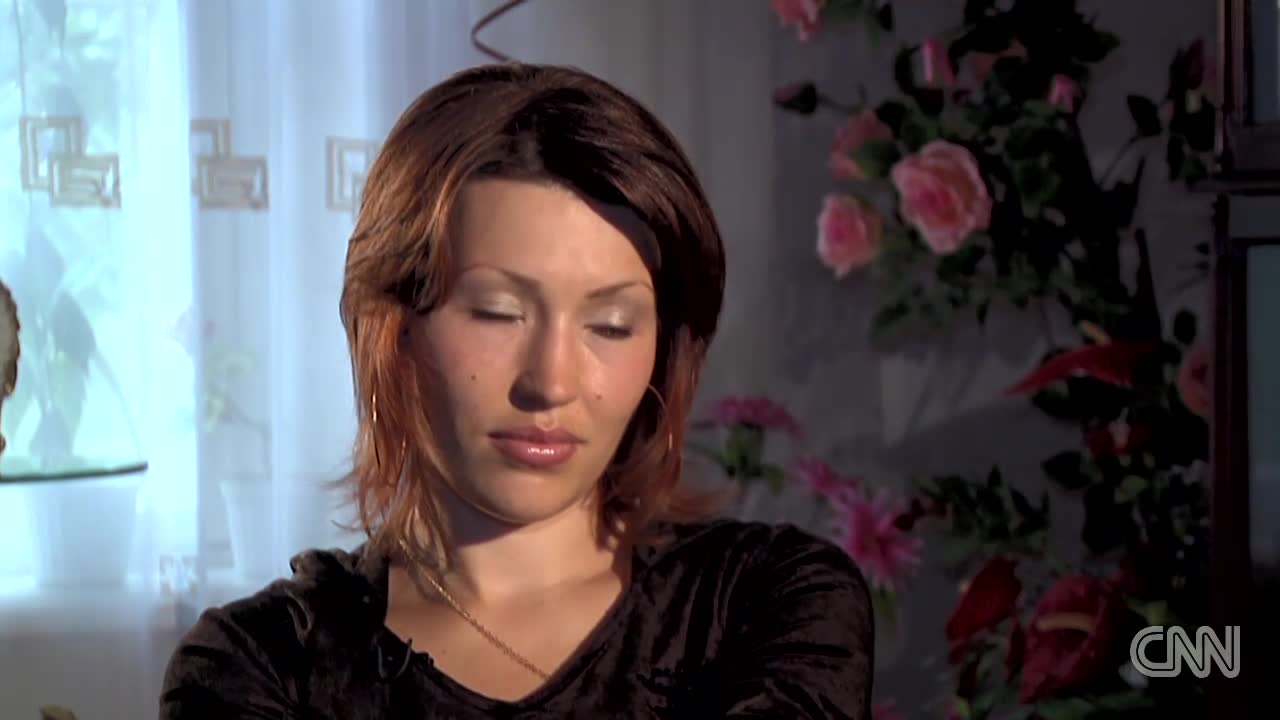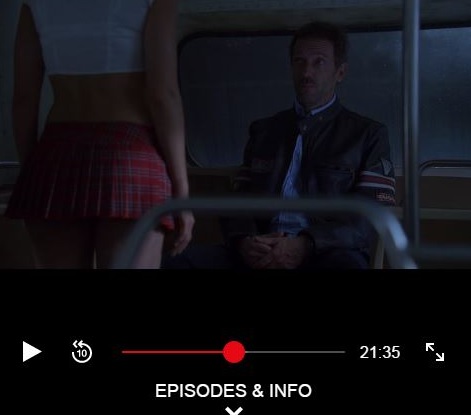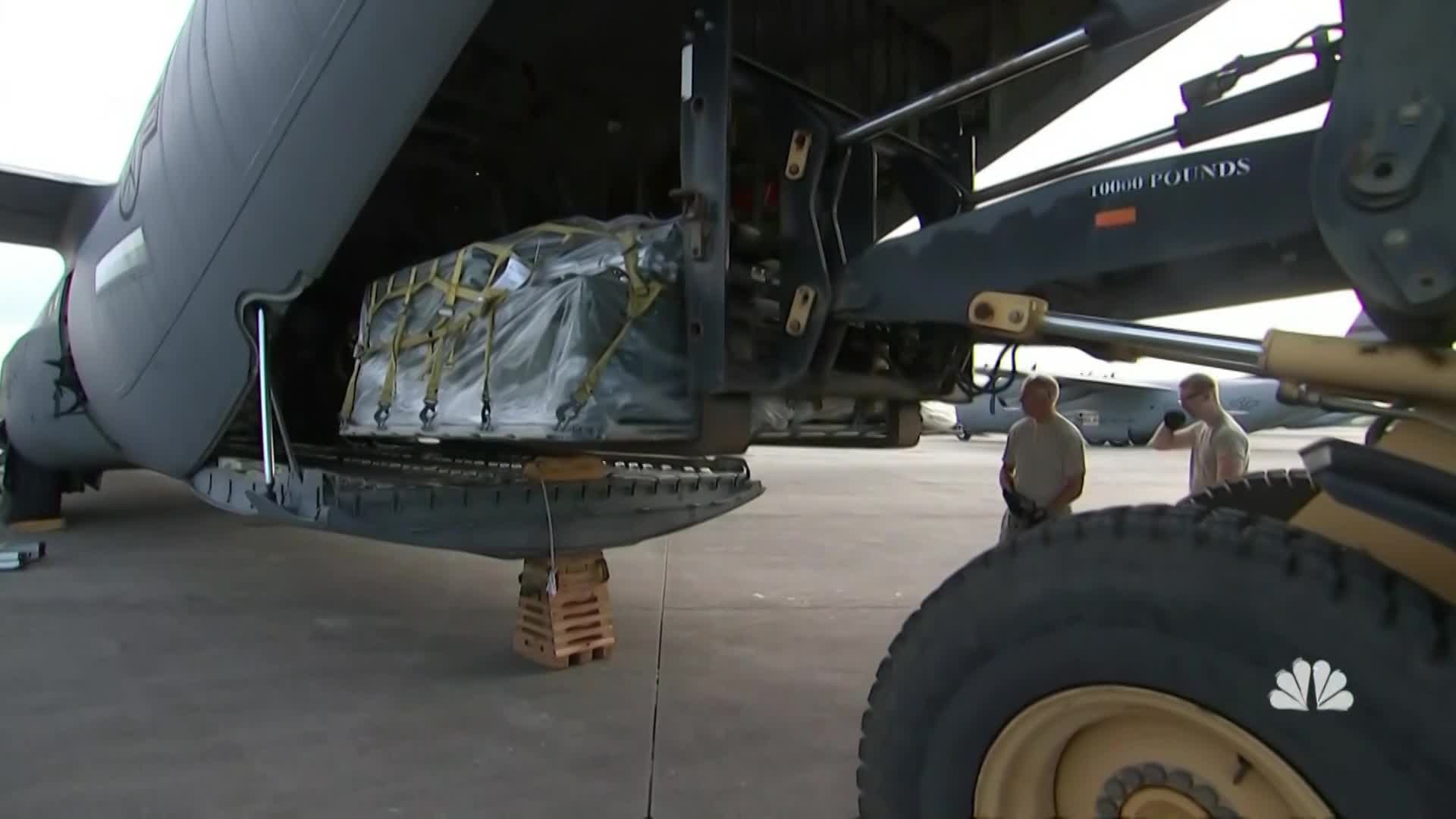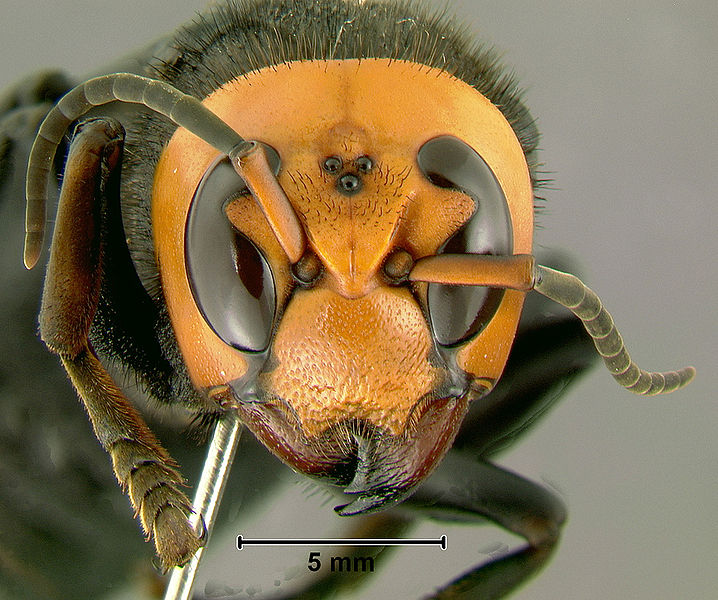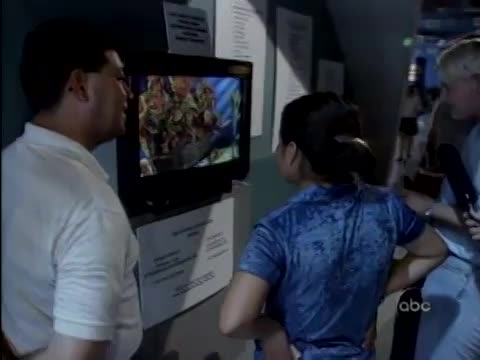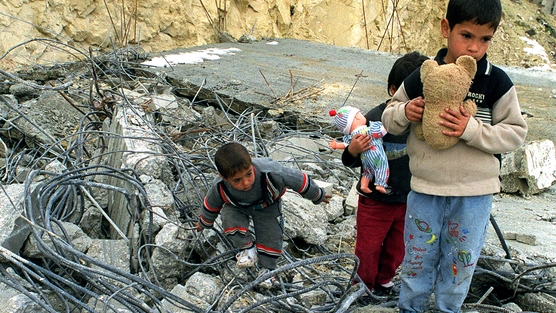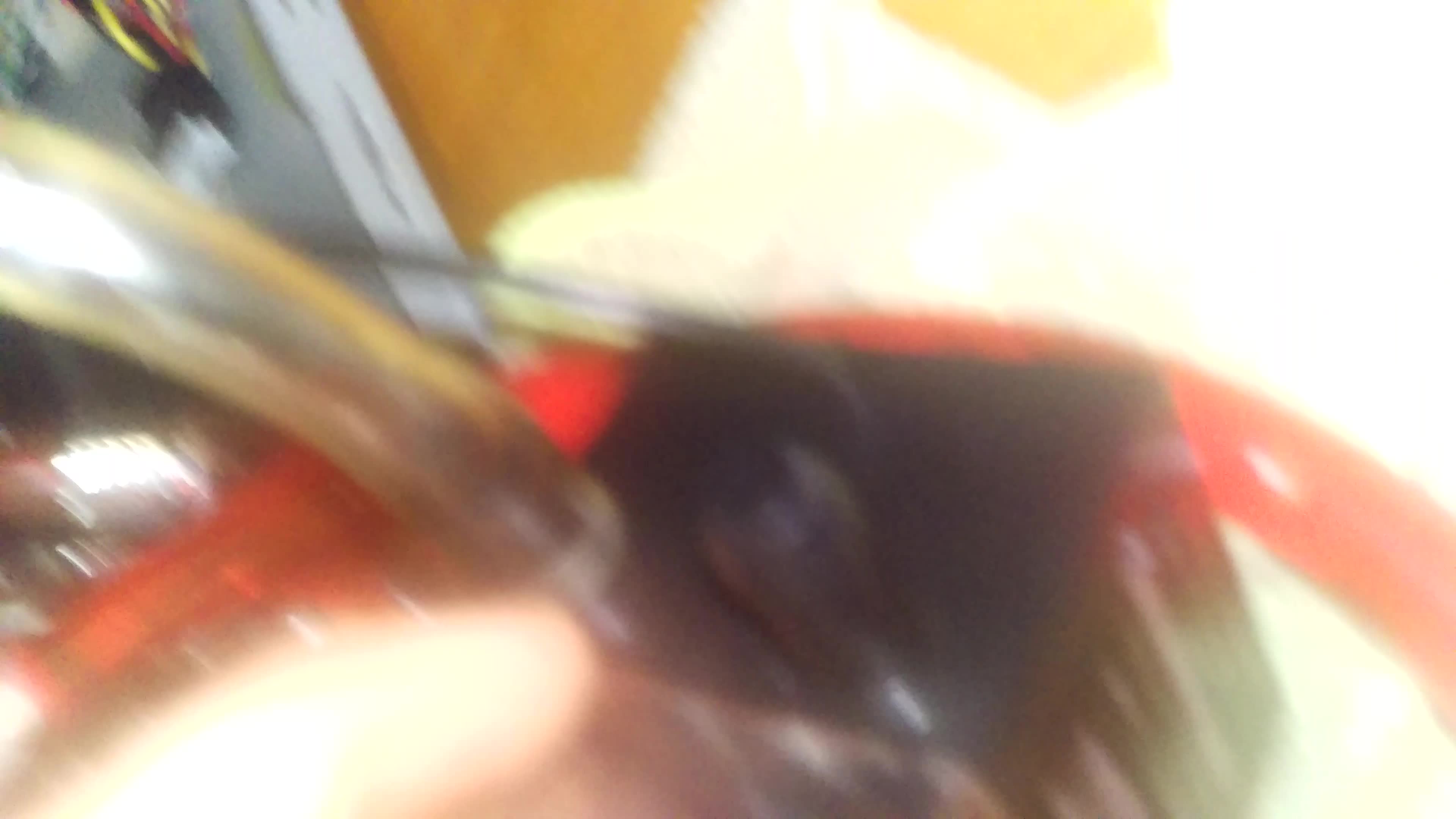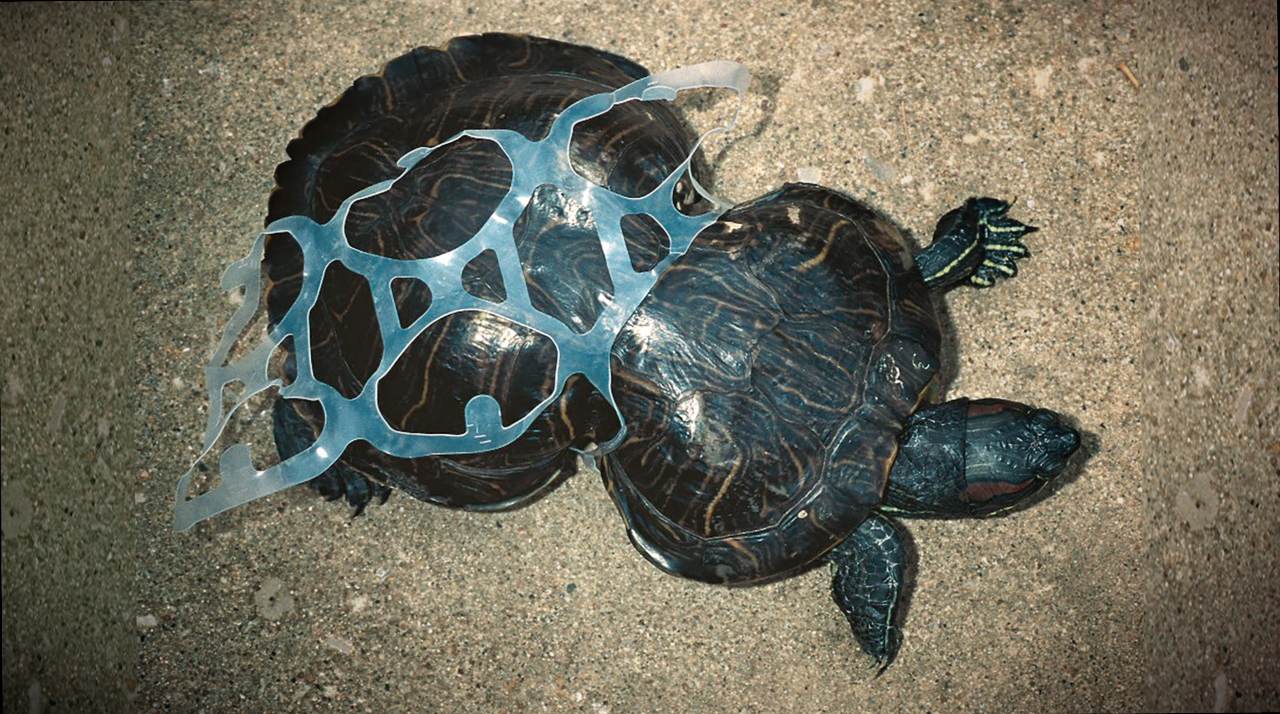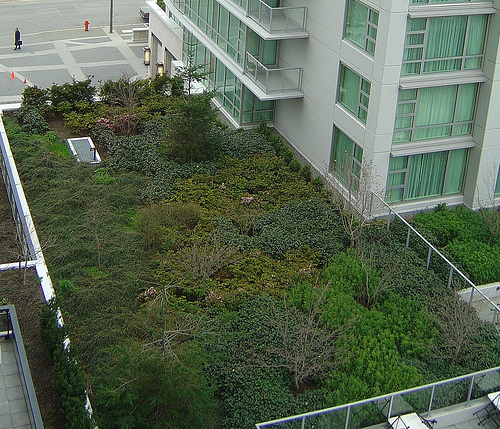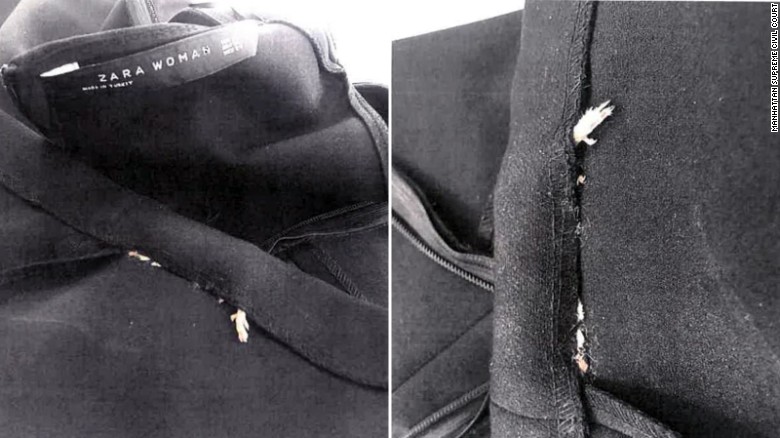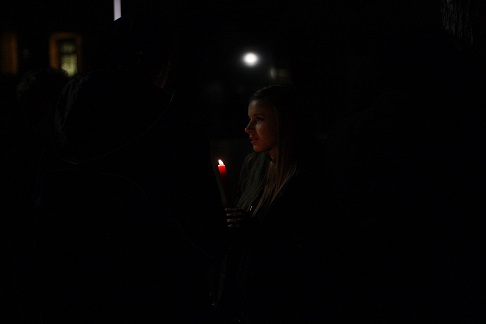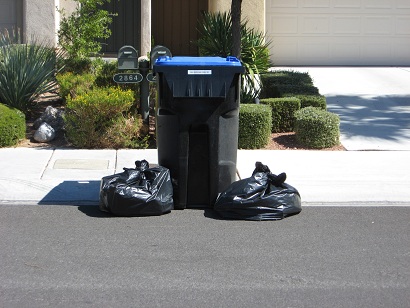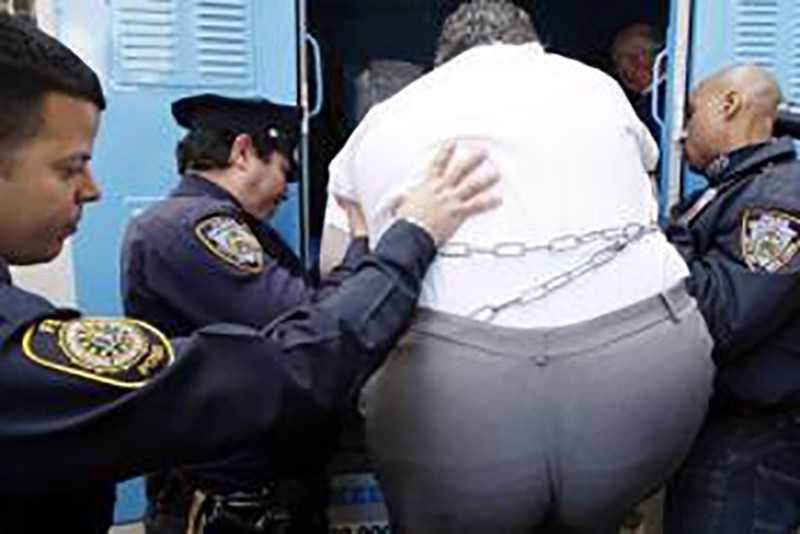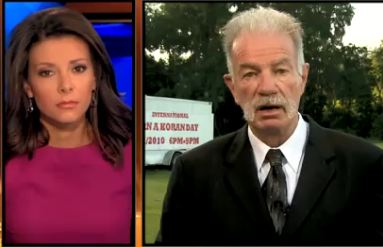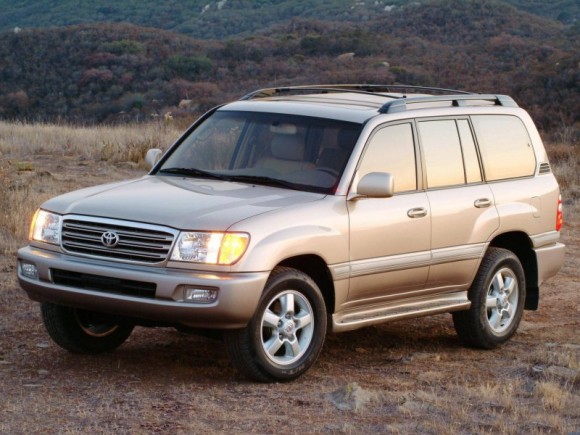Lindhout returns to Africa after kidnapping
Former journalist Amanda Lindhout returned to East Africa this summer for the first time since spending 15 months in captivity in Somalia,and saysthe fear she felt at times during the visit "almost took my breath away."
CBC'sCurt Petrovichaccompanied Lindhout as she travelledto Kenya for several weeks in Julyto see first-hand the mass flight of starving Somalis into refugee camps,a trip partlyintended as research for a charity she foundedbut also a missiontoconfront her own demons.
It was on her first day in Kenya, on a sandyroad to arefugee campin Dadaab, home to many Somali refugees, that the fullsignificance of her return to the region hit her.
"It was on a road just like that that I was taken," said Lindhout. "And the fear that I felt in that initial trip from the compound to the camp was very intense, very intense. It almost took my breath away."
"I don't think I was totally prepared for how hard it was actually going to be for me," she says.
Lindhout, 30, of Canmore, Alta., was kidnapped on Aug. 23, 2008, along with Australian photojournalist Nigel Brennan andtheir Somali translator anddriver.She was released in November 2009.
The Albertan travelled to war-torn Somalia as a freelance reporter. She ended up locked in a shed, ankles shackled, tortured and beaten by her captors for 15 months.
The decision to visit Somalia in the first place, she now admits, was reckless. Despite that, she was determined to conquer fears and return to Africa, visiting the refugee camps in Kenya filled with "an environment that is essentially Somalia: Somali people, Somali food, the language."
Reminders of Lindhout's time in captivity surrounded her. She met a seven-year-old girl named Amina, the Islamic name her captors gave her. The markets sold the same shampoo she was forced to use, the scent of which brings a flood of emotions.
Watch the documentary about Amanda Lindhout's return to Africa onThe Nationalat 9 p.m. ET on CBC NN, at 10 p.m.local time on CBC Television (10:30 p.m. NT) oronlineat 10 p.m. ET.
"That was difficult walking through the market, because literally with every step I felt like I was facing some of that fear," says Lindhout."I'm being told this environment is safe, but yet it's personally confronting because the last time I was in an environment that looked just like this, you know, I lost my freedom for a really long time."
Her ultimate goal in visiting the area isresearchfortheGlobal Enrichment Foundation, a charity she founded to send Somali women to university and start small businesses.
Lindhout's latest plan forher charityis toraise $60 million to send every Somali child living in Kenyan refugee camps to school, hoping that they will better their homeland upon their return.
The challenge is immense. At Illeys Primary School, one of five in Dadaab's Dagahaley camp, for example,every teacherhas 70 students or more. As many as 40 children share a single text book. Students spill outside because classrooms are filled to capacity.
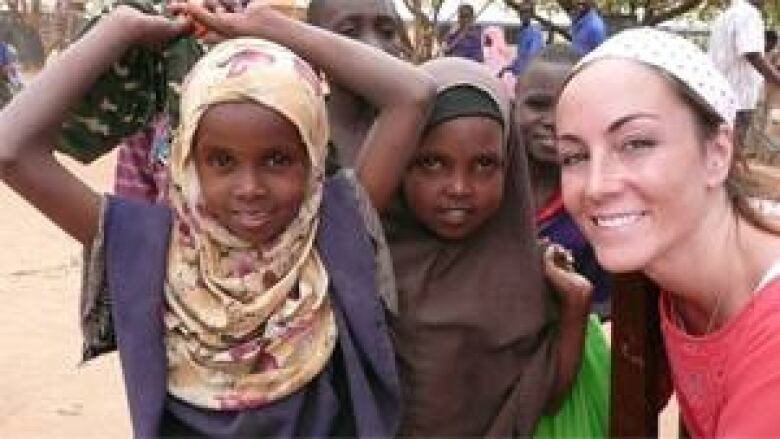
Not everyone is supportive of Lindhout's vision. Badu Katelo, Kenya's commissioner for refugees, says the best chance of improving refugees' futureis through an international military intervention in Somalia, where the terrorist group, al-Shabab, controls much of the country.
"This is small," says Katelo of Lindhout's venture. "It's a drop in the ocean. It's not anything to rely on to bring peace to Somalia. I think if education was to bring peace in Somalia, then it should've happened a long time ago because in 1991, when refugees came here, they were all educated."
Lindhout brushes off the criticism. "To anyone who's questioning us right now, that's fine," she says."That's fair. It is an incredibly challenging environment to work in, but time will tell the story."
Plus, her experience in captivity, she says, has made her even more determined to reach her goal.
"I wouldnt be in the position that I'm in right now to create really widespread significant change in the Horn of Africa. I really care about this. And my passion will translate into some sort of positive change there. I'm absolutely sure of it."

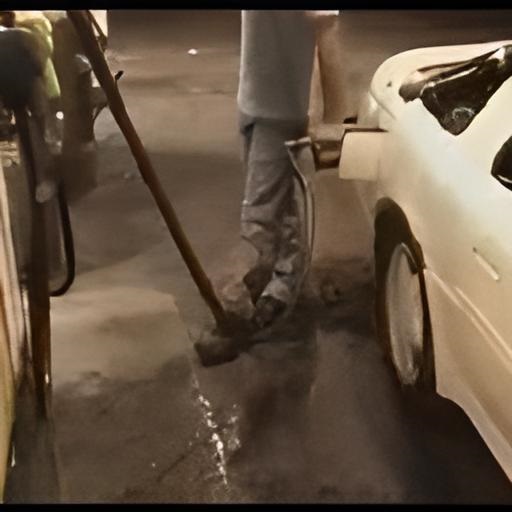
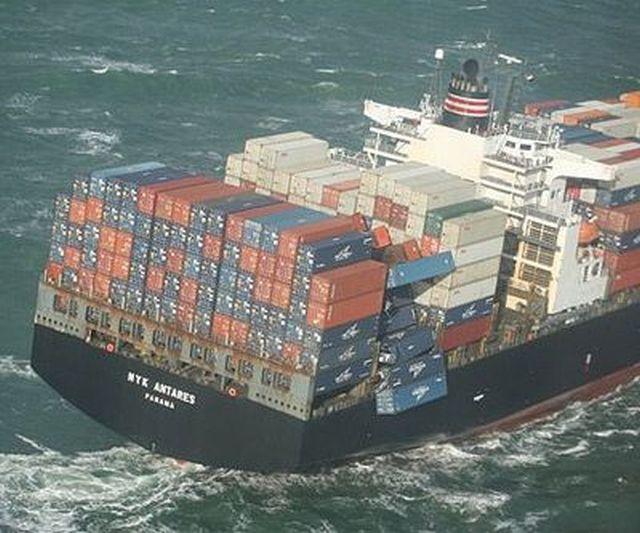

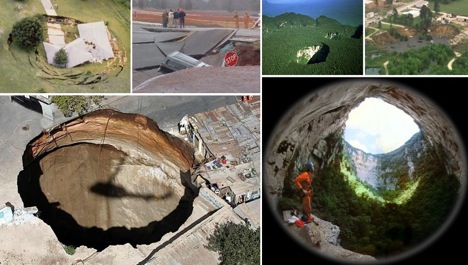




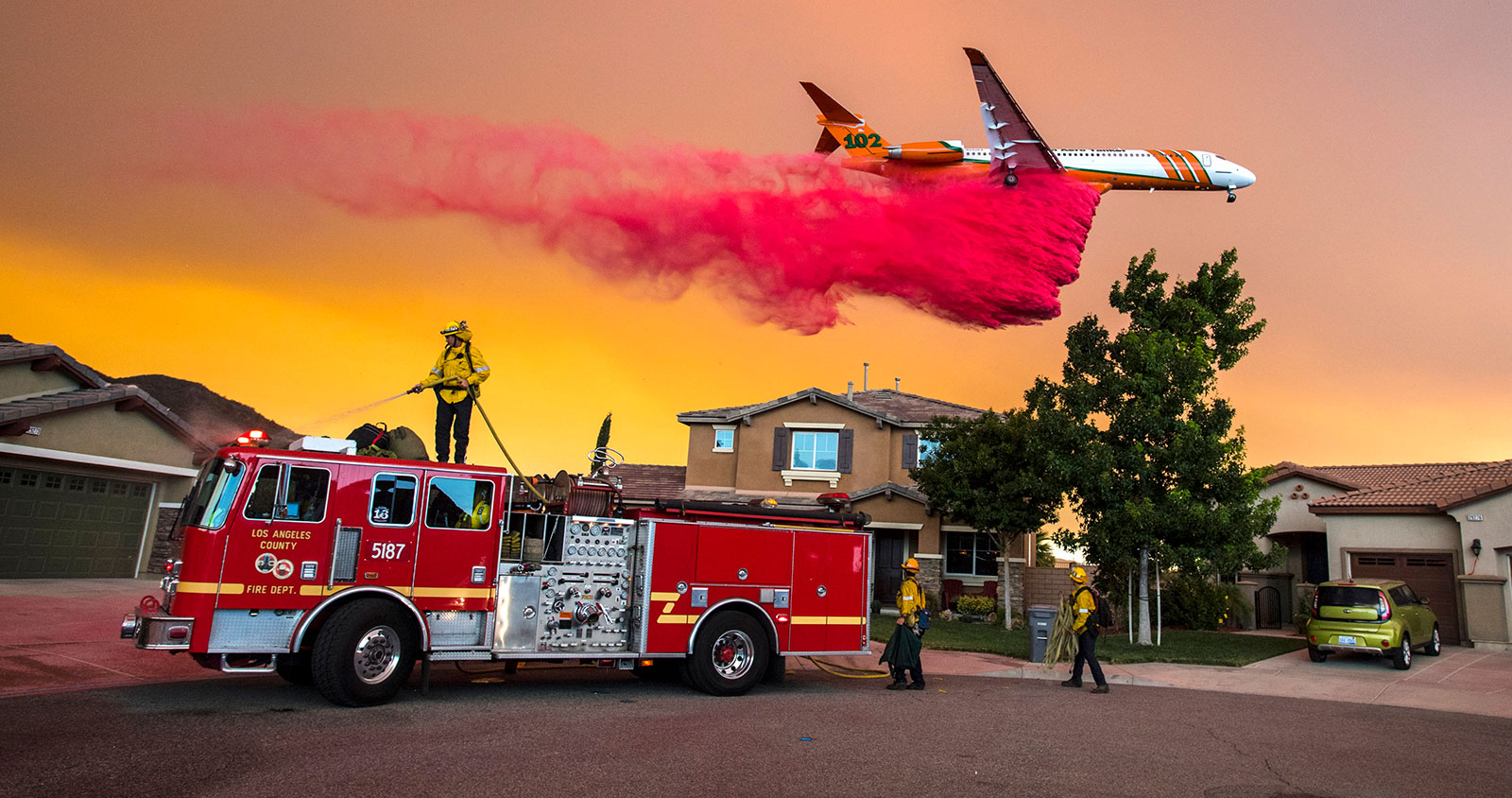


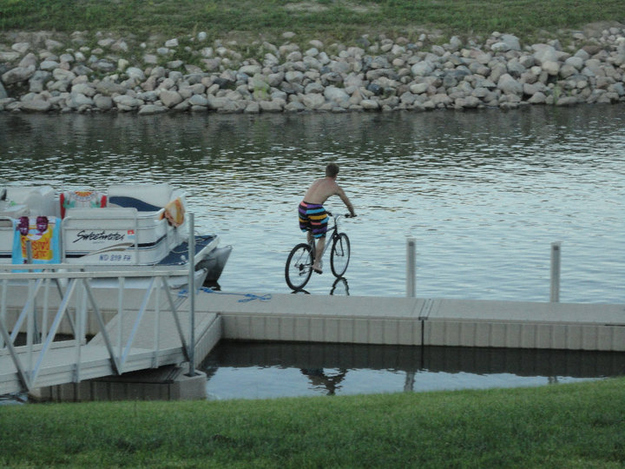
_(720p).jpg)
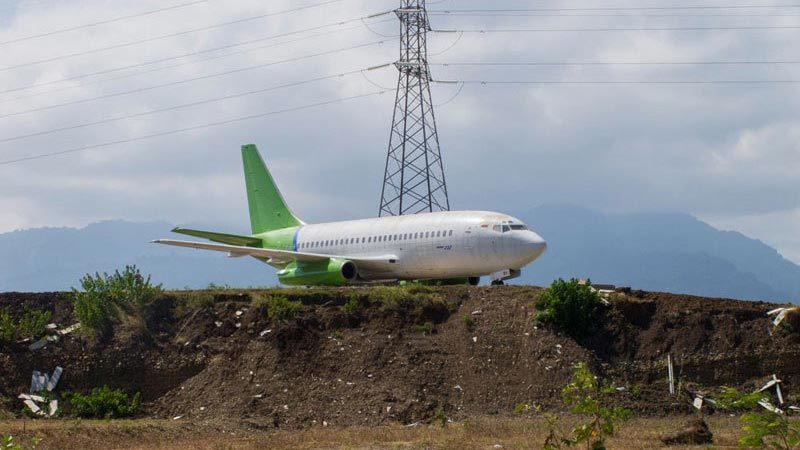
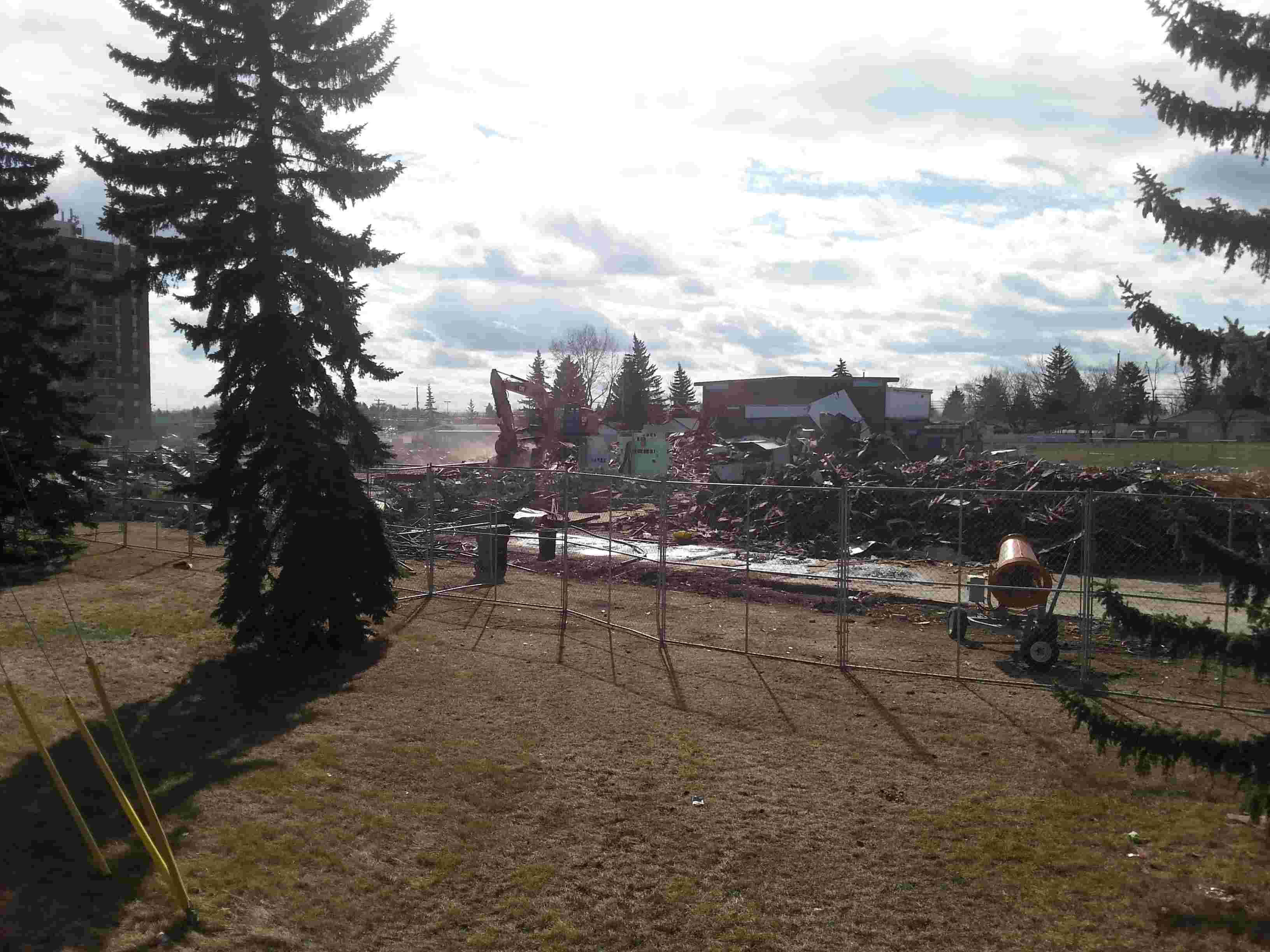
 OFFICIAL HD MUSIC VIDEO.jpg)
.jpg)



